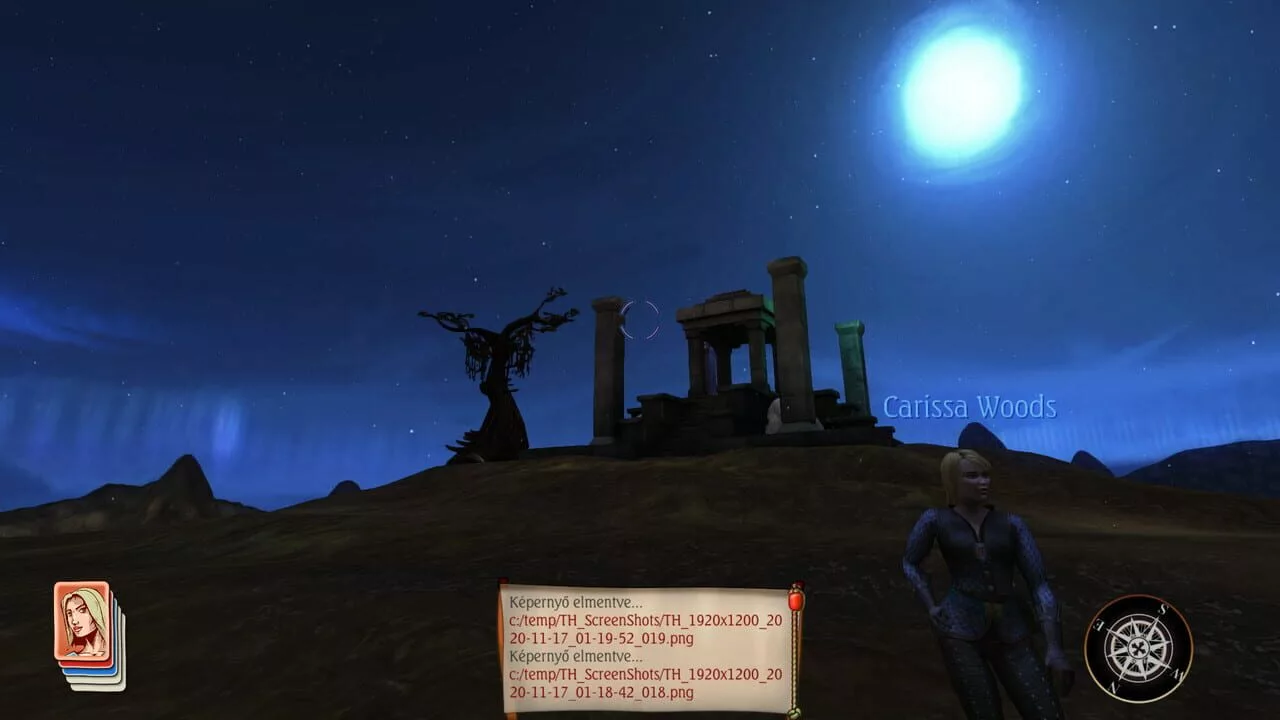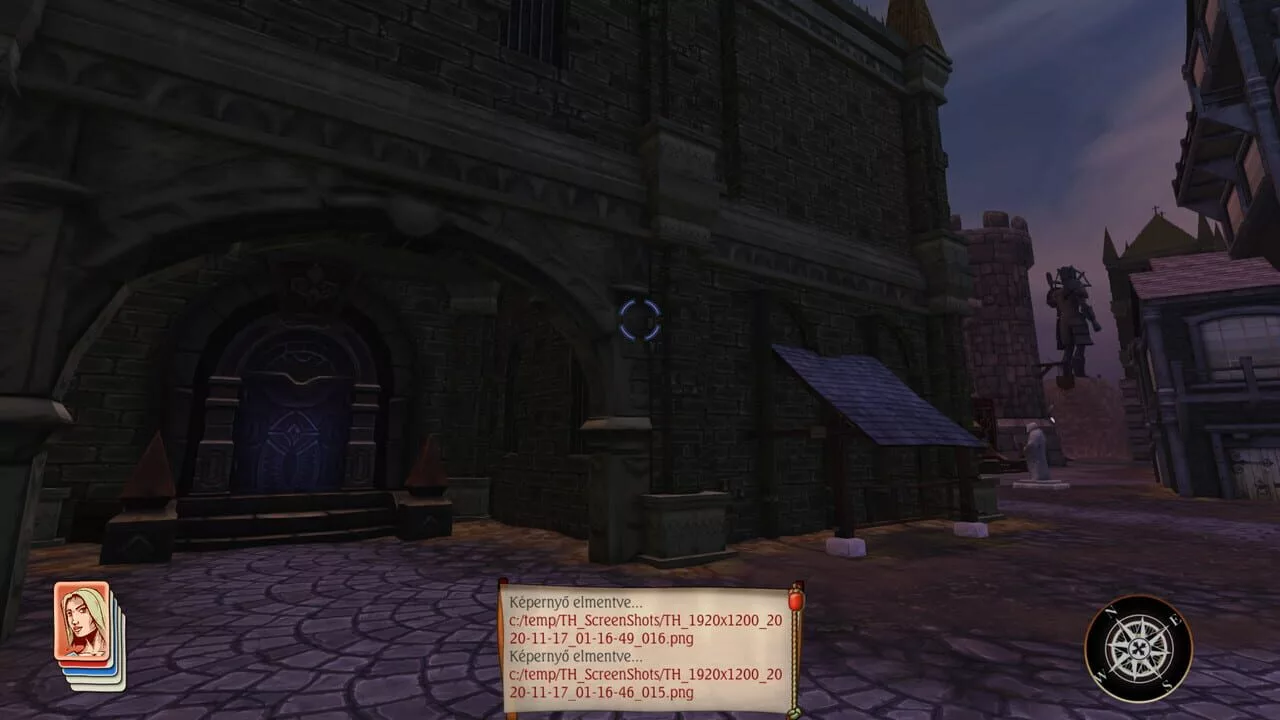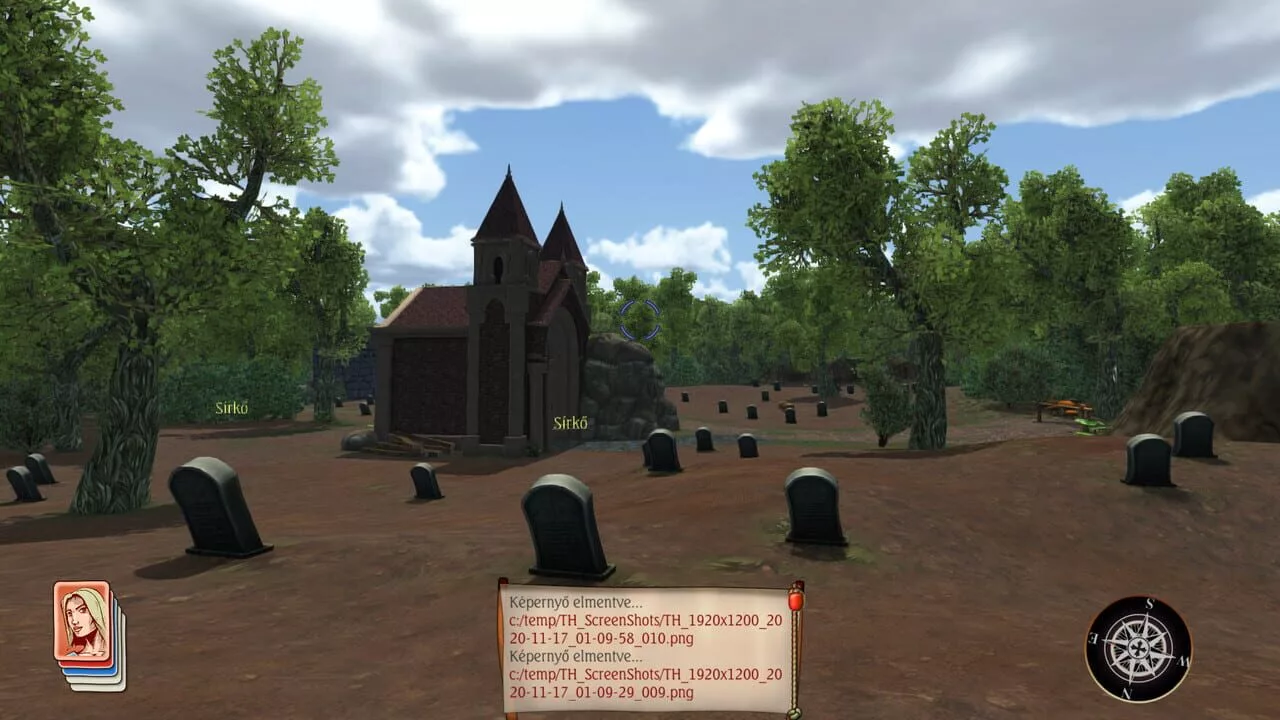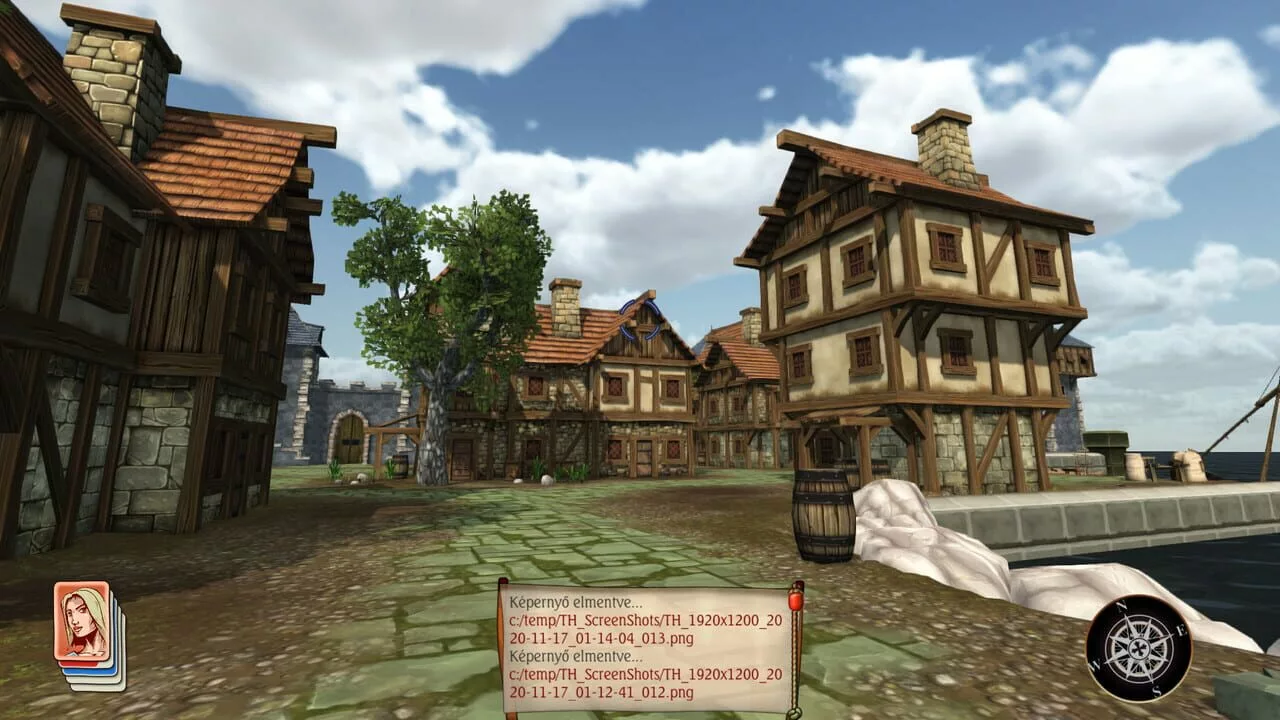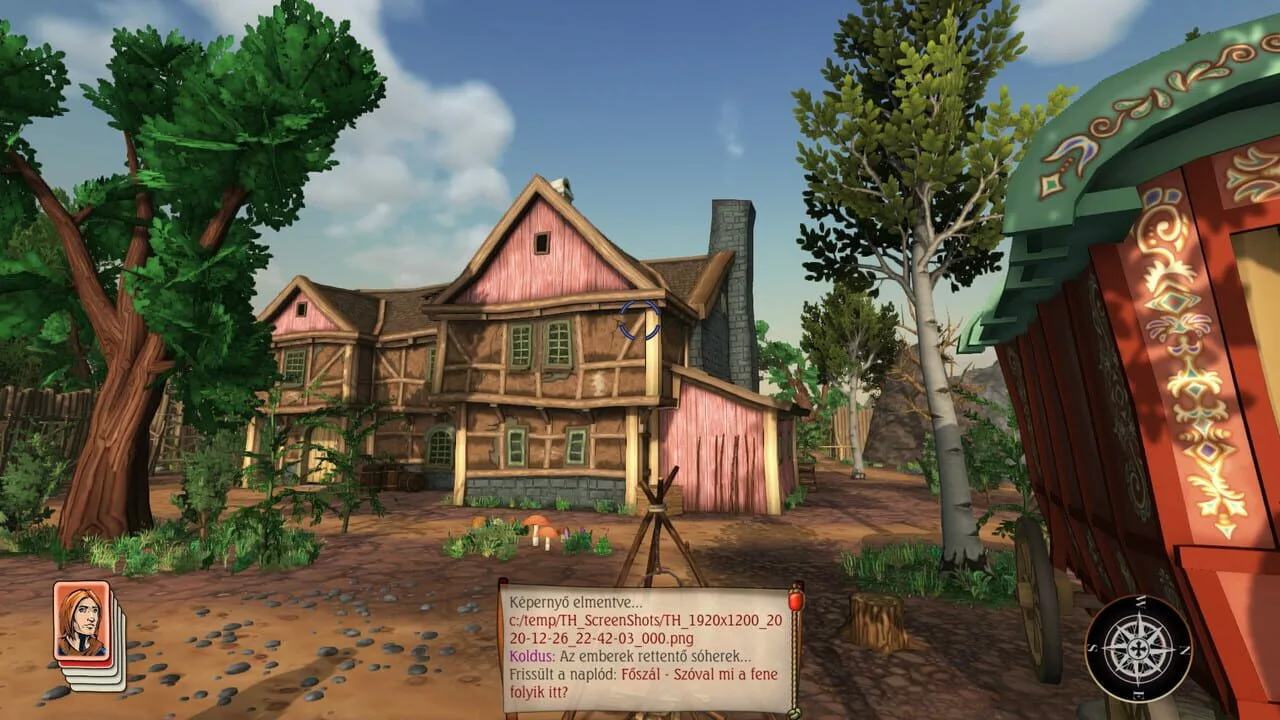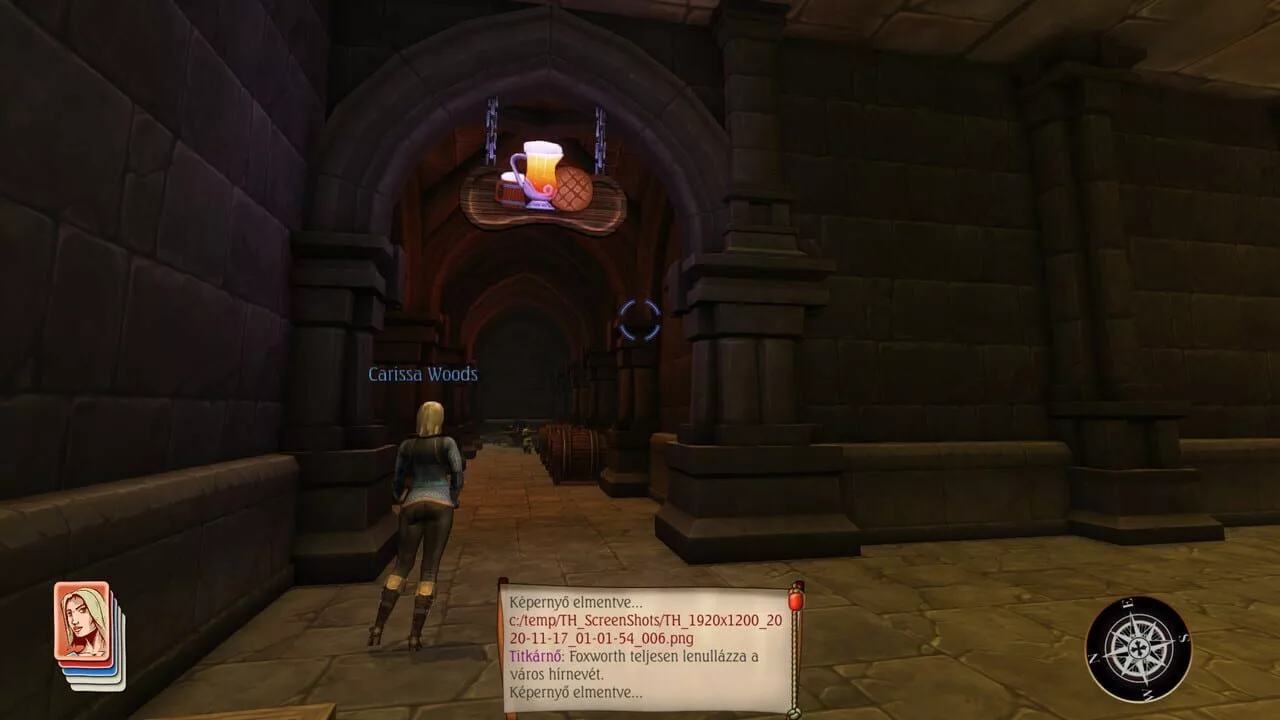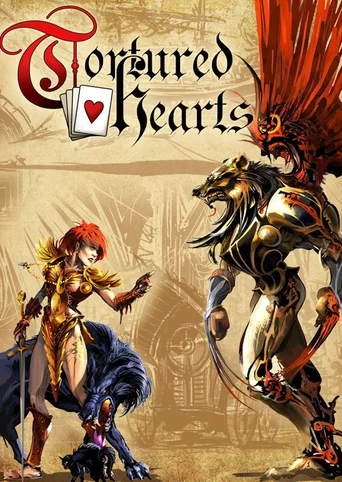
Tortured Hearts: Or How I Saved the Universe. Again. (2021)
Genres:Role-playing (RPG), Adventure, Indie
Themes:Action, Fantasy
Game modes:Single player
Story:Single player, fantasy RPG with turn-based combat and non-linear story. Conversation driven: 512 k words of dialog and 300 k words of other text. Combat with or without a party, using martial styles (melee, bare handed, ranged) or magic (arcane, divine, bardic, psionic). Plus crafting.
Vote to bring this game to GOG and help preserve it.3
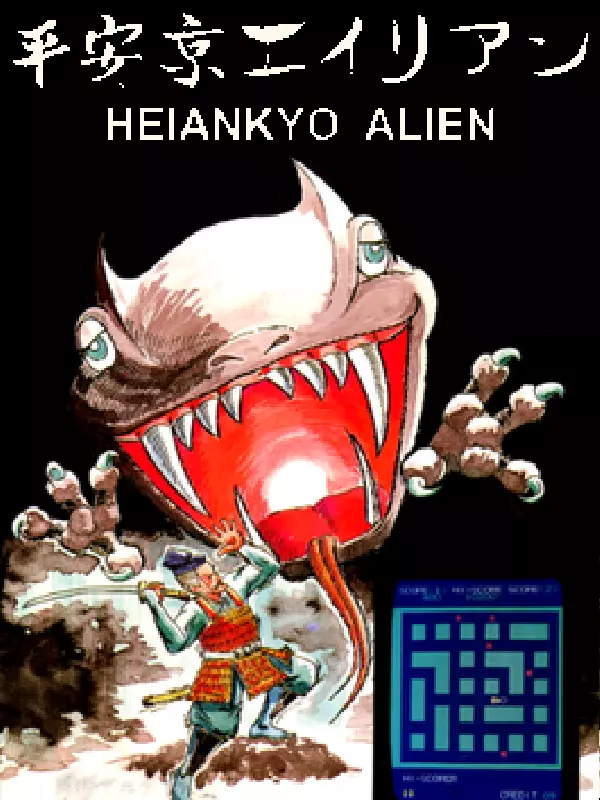
Heiankyo AlienThe player controls a Heian period police officer who must defend the capital city from an alien invasion by digging holes in the ground and filling them back up after an alien falls inside. The player scores points for every alien trapped, and the quicker the hole is filled up after the alien falls in, the higher the number of points are scored. The aliens increase in number as the levels progress, and they can escape from holes after a certain period of time elapses or if another alien passes above their hole. The player loses if he comes in contact with an alien. There is a time limit for each level, and the number of aliens increases drastically when this limit is reached, essentially preventing the player from completing the level.Action Fantasy Historical Science fiction
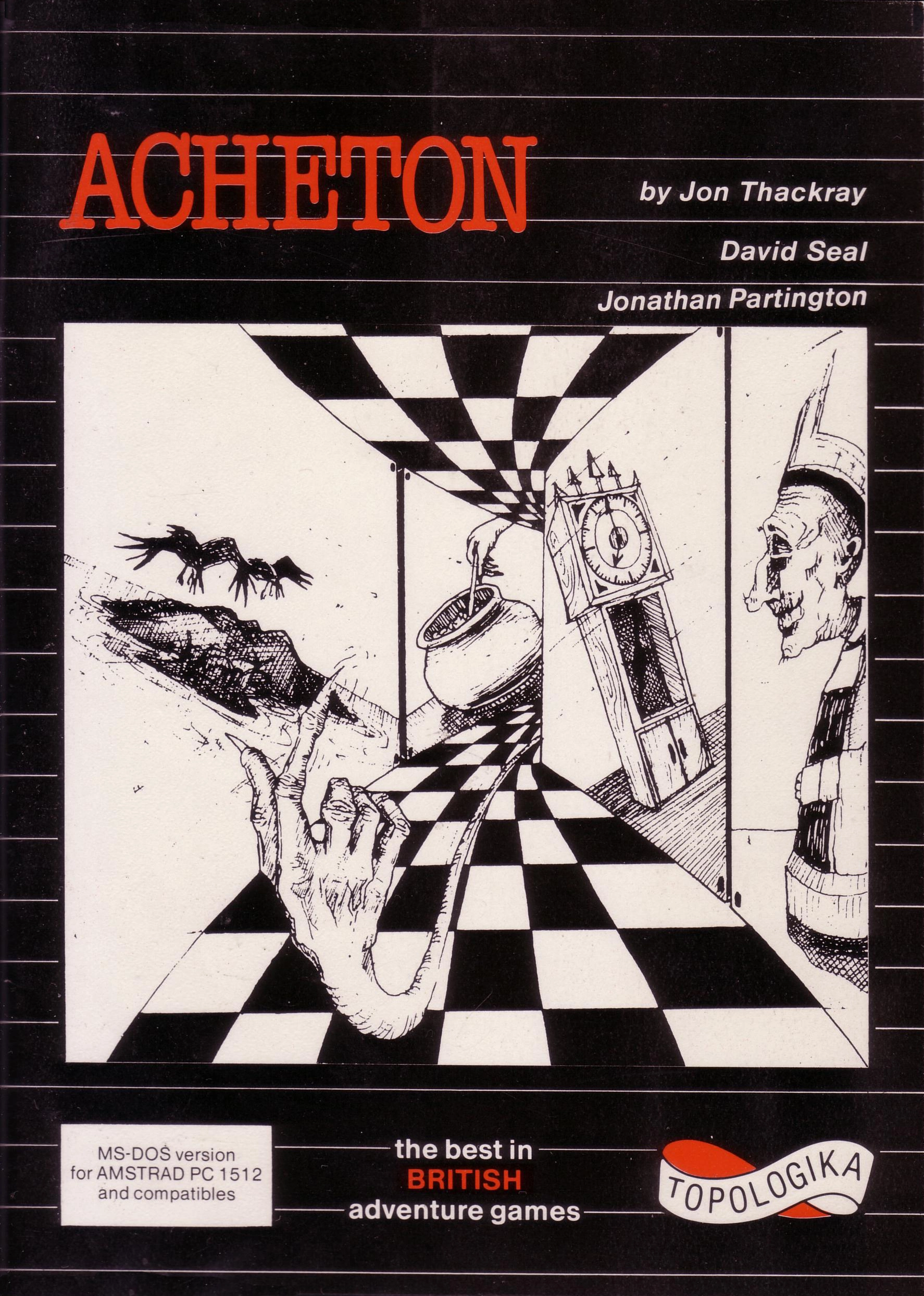
AchetonAchteon was originally released on a mainframe computer, similar to Zork. And just like Zork it is a fantasy treasure hunt with 400 rooms and 200 objects, and therefore is much bigger than its more famous companion.Fantasy
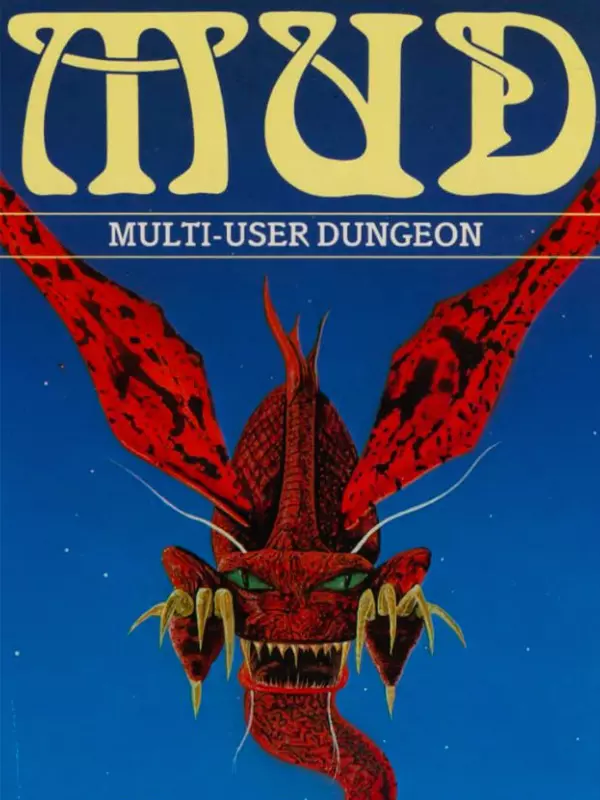
Multi-User DungeonMulti-User Dungeon, or MUD (referred to as MUD1, to distinguish it from its successor, MUD2, and the MUD genre in general) is an early MUD and one of the oldest examples of a virtual world in existence.Fantasy
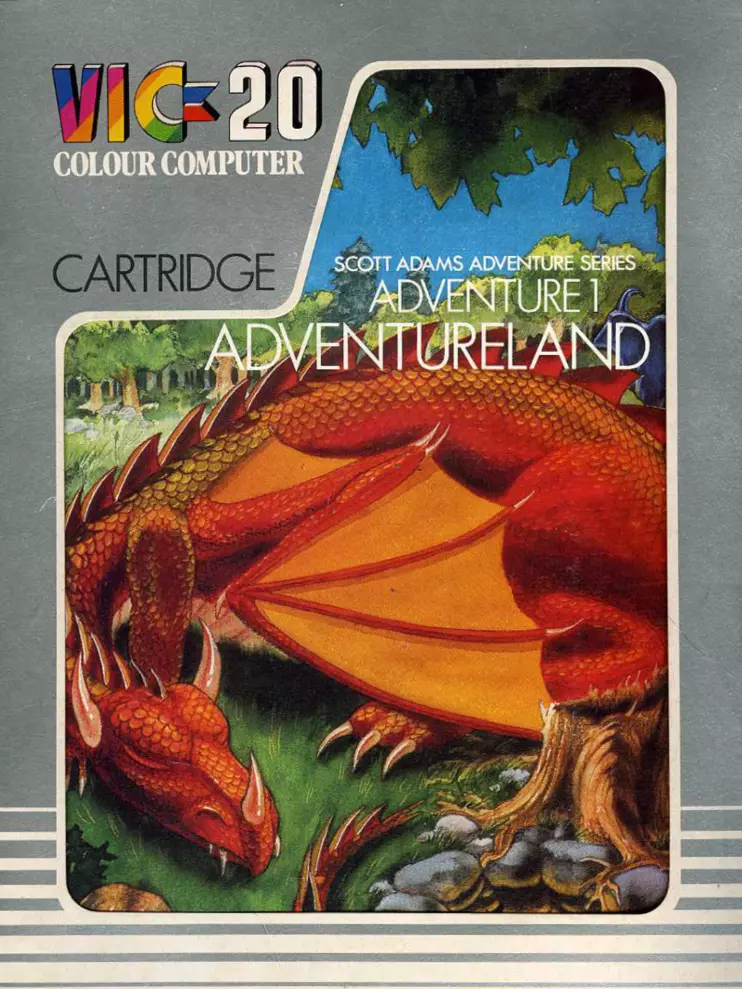
AdventurelandA text based Adventure Game for the TRS-80, later enhanced with visual scenes in various ports. Only allowed 2-Word input and was largely based on Colossal Cave Adventure.Fantasy
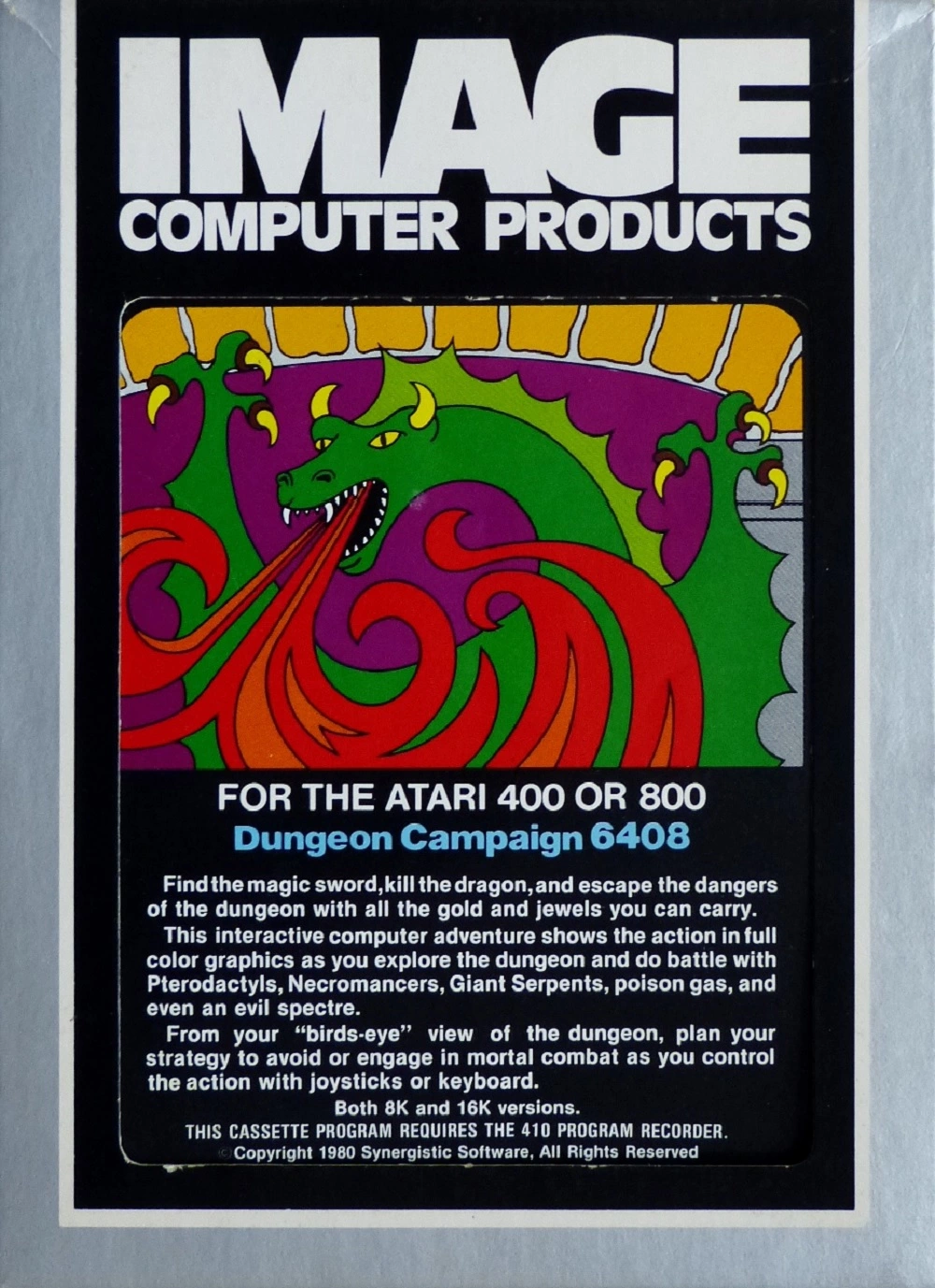
Dungeon CampaignOne of the earliest rogue-like RPGs for home computers.Fantasy
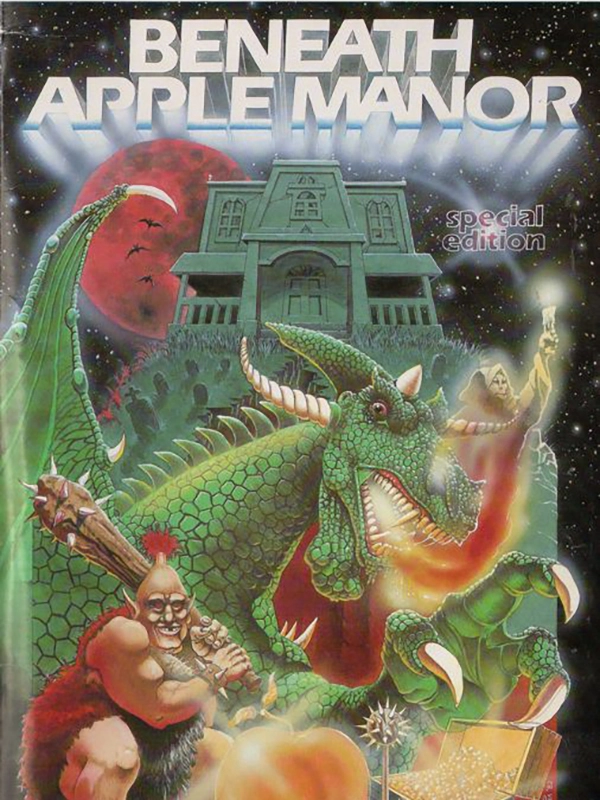
Beneath Apple ManorVery early dungeon-crawler, it is the first known roguelike pre-dating Rogue itself though no link between the two games exists.Fantasy
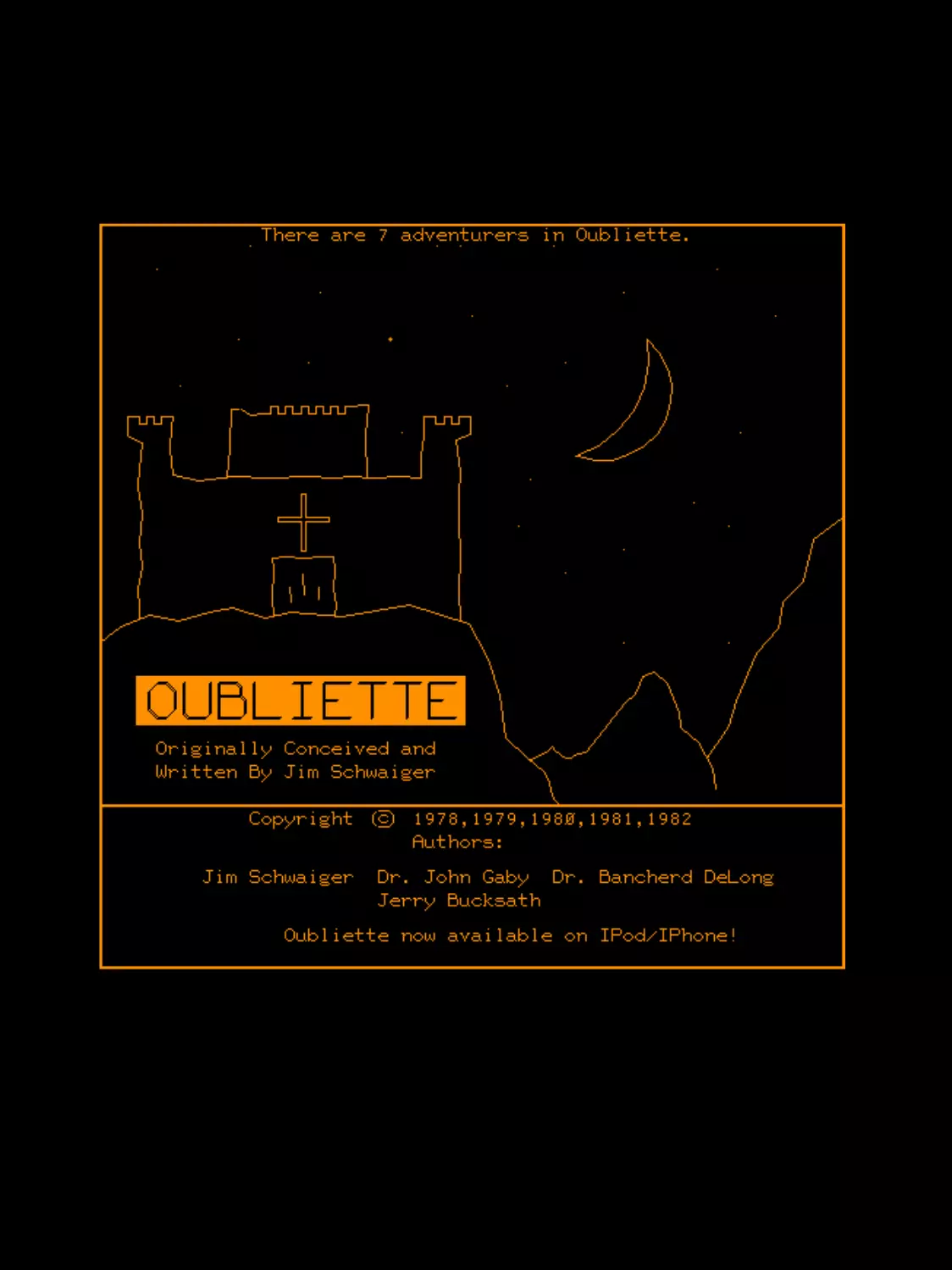
OublietteOubliette was an early multiplayer role-playing game in which a group of multiple players can form an adventuring party and explore a dungeon.Fantasy
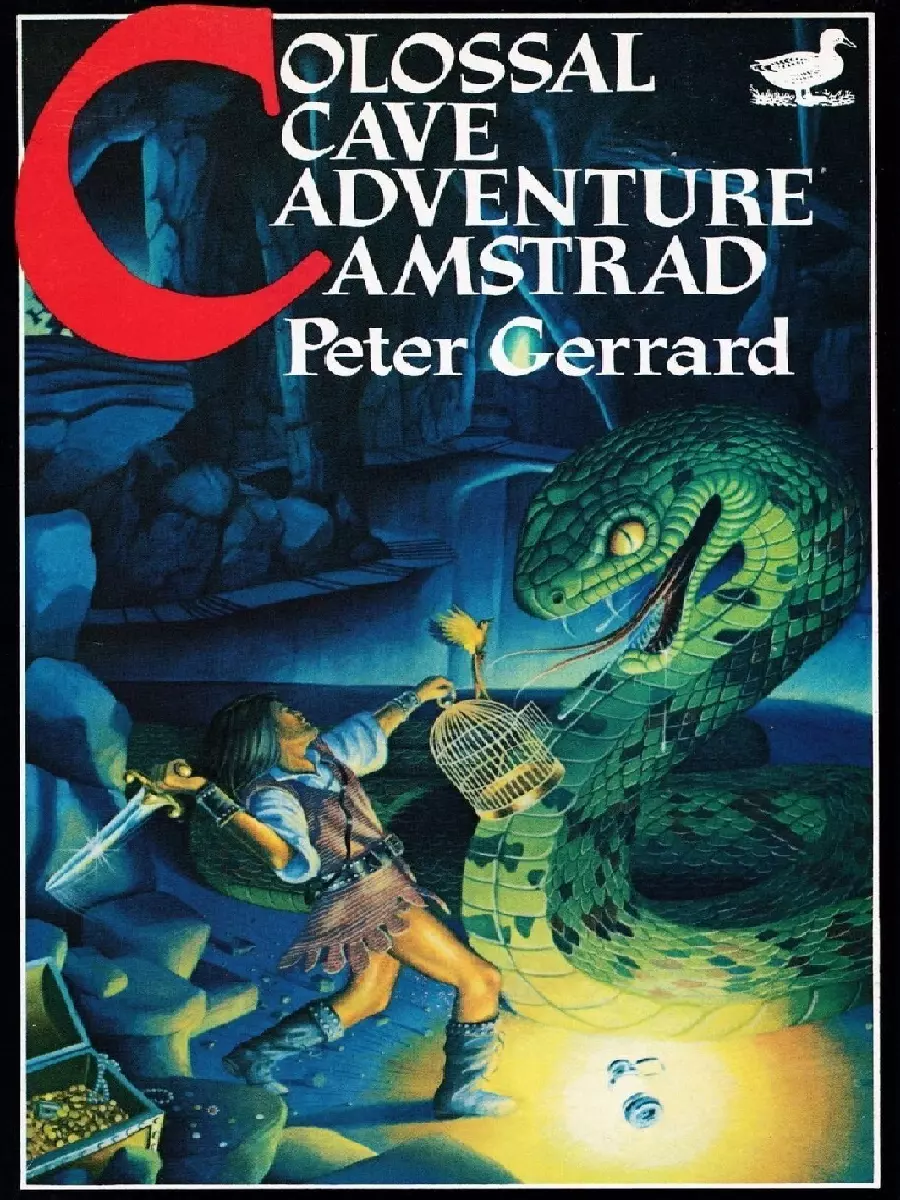
Colossal Cave AdventureColossal Cave Adventure is a text adventure game, developed originally in 1976, by Will Crowther for the PDP-10 mainframe. The game was expanded upon in 1977, with help from Don Woods, and other programmers created variations on the game and ports to other systems in the following years.
In the game, the player controls a character through simple text commands to explore a cave rumored to be filled with wealth. Players earn predetermined points for acquiring treasure and escaping the cave alive, with the goal to earn the maximum amount of points offered. The concept bore out from Crowther's background as a caving enthusiast, with the game's cave structured loosely around the Mammoth Cave system in Kentucky.Fantasy

MoriaMoria is a dungeon crawl style role-playing video game first developed for the PLATO system around 1975, with copyright dates listed as 1978 and 1984. It was a pioneering game, allowing parties of up to ten players to travel as a group and message each other, dynamically generating dungeons (instead of pre-computing them), and featuring a wireframe first-person perspective display. One of its authors, Kevet Duncombe, claims not to have read the works of J. R. R. Tolkien or heard of Dungeons & Dragons at the time development started, but he was aware of the PLATO game, dnd.Fantasy
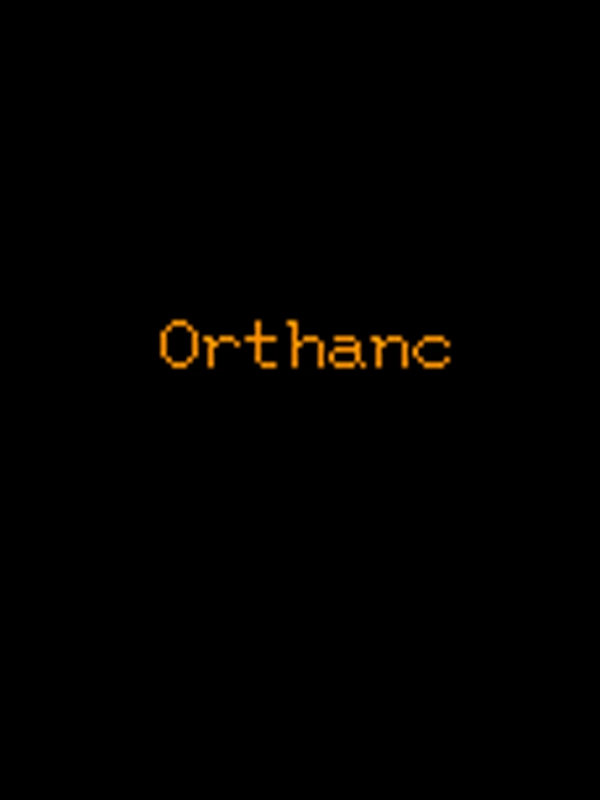
OrthancFantasy
